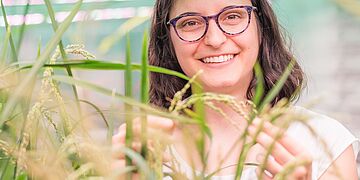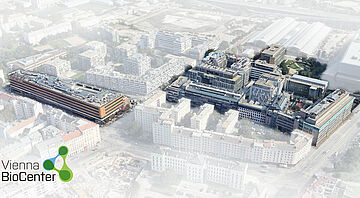CentrioleEM
Developing CryoEM/CLEM methods for analysis of cellular ultrastructure
- Duration: 04.08. 2020 – 31.08. 2022
- Funded by: FFG ( Austrian Research Promotion Agency)
- Programme: Bridge 1
- Partners:
- University of Vienna
- Leica Microsystems GmbH
- Vienna BioCenter Core Facilities
- Total project costs: € 281.319
Cells are the fundamental unit of all life on Earth. In order to study life and living processes,
biologists must therefore study events occurring at the cellular and sub-cellular level. With
cells typically having dimensions of a few tens of μm, or 1/1000th of a millimeter, visualizing
such events requires the use of specialized microscopes, which can be classified into light and
electron microscopes based on the type of illumination interacting with the specimen.
Centrioles are small cylindrical structures 100-250nm in diameter and 100-500nm in length
whose defining feature is an outer wall composed of a nine-fold symmetric array of stabilized
microtubules (singlet, doublet or triplet, depending on species and cell type). Found across
eukaryotes, centrioles perform a critical role in the formation of two cellular organelles, centrosomes
and cilia. The overall goal of the present proposal is to develop methods for high pressure freezing and
correlative light and electron microscopy and use these to examine the fundamental molecular
mechanisms underlying centriole assembly and function in cilium biogenesis.
Although centrioles and cilia have been extensively studied by light and electron microscopy,
many fundamental questions remain. Amongst these are:
• How is centriole length determined?
• How do centrioles acquire their remarkable stability?
• How do centrioles initiate cilium biogenesis?
Being able to perform correlative light and electron microscopy in genetically tractable model
organisms like C. elegans and Drosophila as proposed in this project will be key to address
these long-standing questions in the field.



